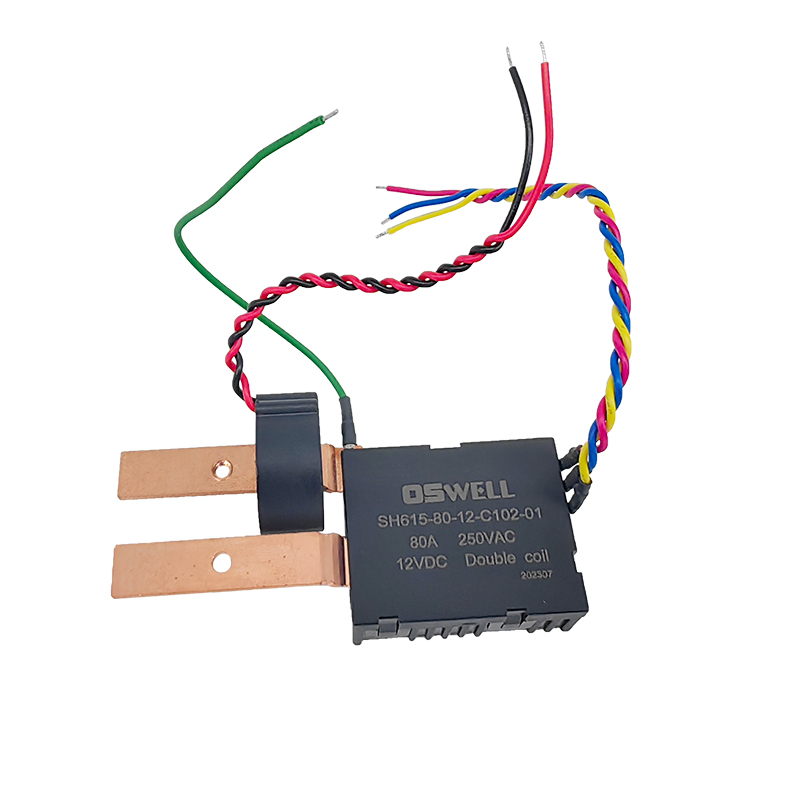Magnetic Latching Relay (MLR) with Current Transformers: A Technological Solution for Enhanced Electrical Systems
Magnetic latching relays (MLRs) integrated with current transformers (CTs) are emerging as powerful tools in modern electrical engineering. These devices combine the advantages of MLRs' unique latching mechanism with CTs' ability to measure high currents accurately.

The primary purpose of an MLR with CT is to provide reliable and secure automation in systems dealing with large current flows. In applications like power distribution, industrial controls, or protective relays, they ensure that once a specific current threshold is reached, the relay stays latched until it's manually de-latched or triggered by a specific current decrease, ensuring safety and eliminating false trips.
Current transformers, acting as voltage dividers, convert high currents into low-level signals, enabling the MLR to operate effectively without being directly exposed to hazardous currents. This arrangement enhances system reliability, prolongs relay lifespan, and simplifies installation by reducing the need for direct current connections.
Furthermore, MLRs with CTs offer remote monitoring capabilities, as the CT readings can be transmitted to a central control system, enabling real-time diagnostics and predictive maintenance. They are also ideal for remote-controlled systems, where quick and precise responses are critical.
In summary, magnetic latching relays integrated with current transformers are indispensable components in modern electrical systems. Their combination of simplicity, safety, and precision makes them a vital choice for industries demanding robust, efficient, and secure current management. As technology continues to evolve, these devices will undoubtedly play a pivotal role in shaping the future of electrical automation.




